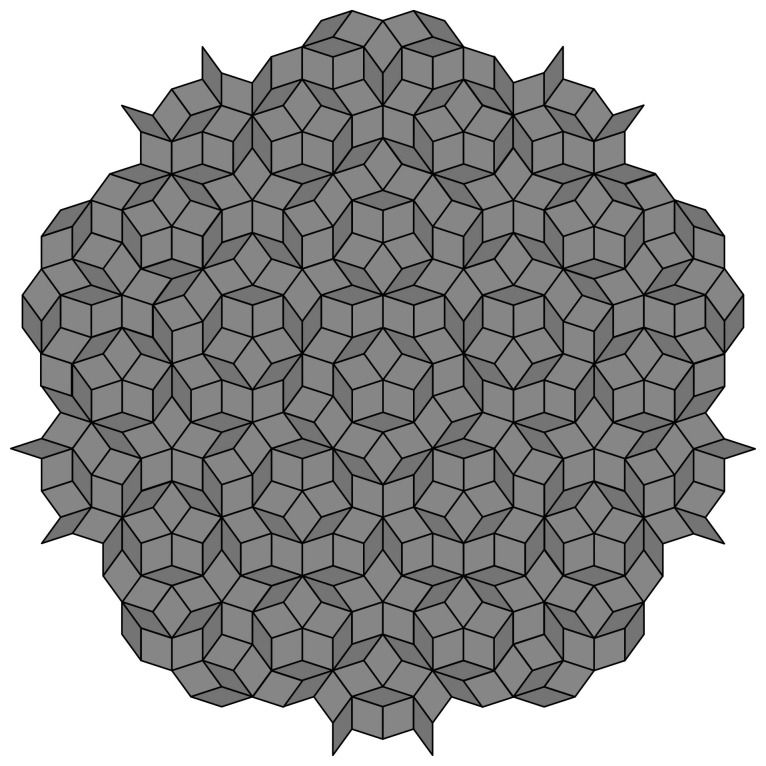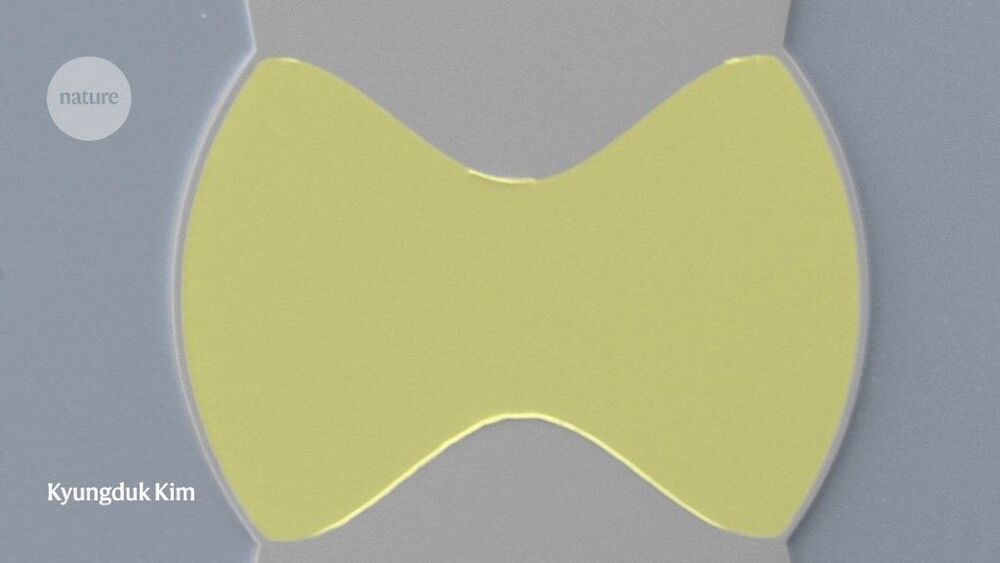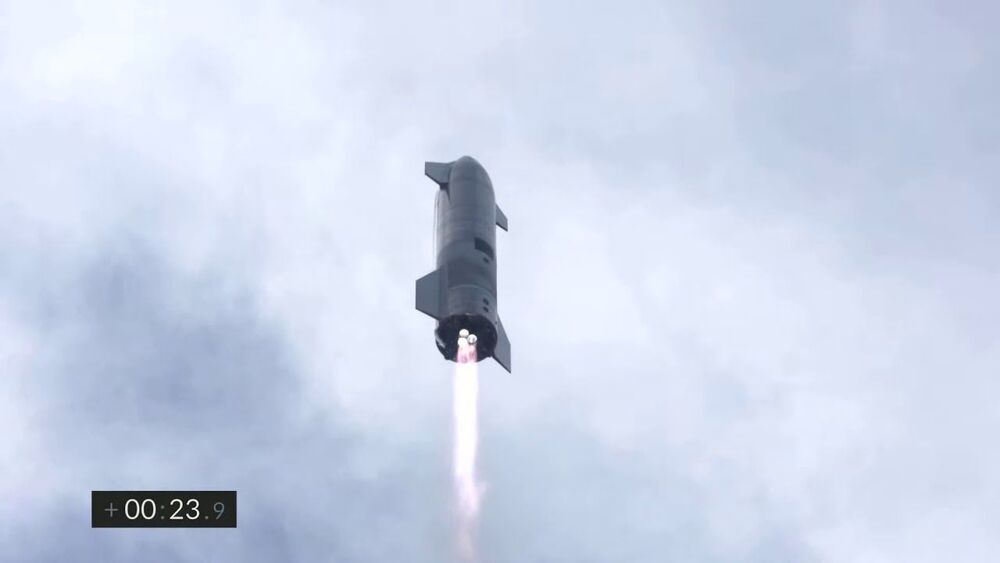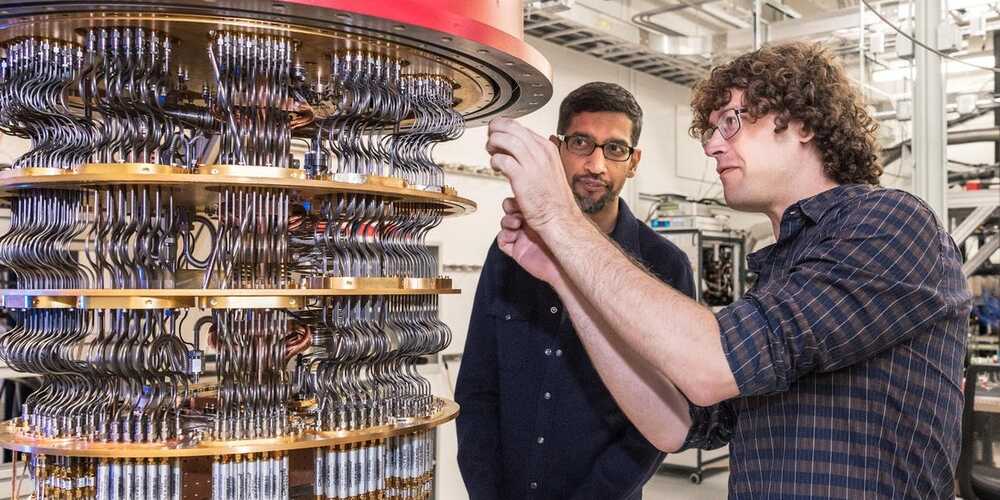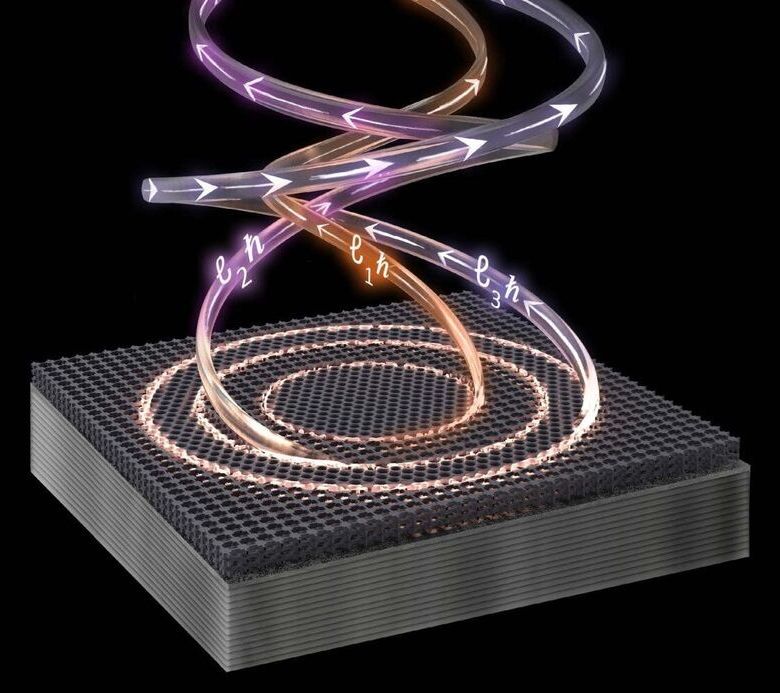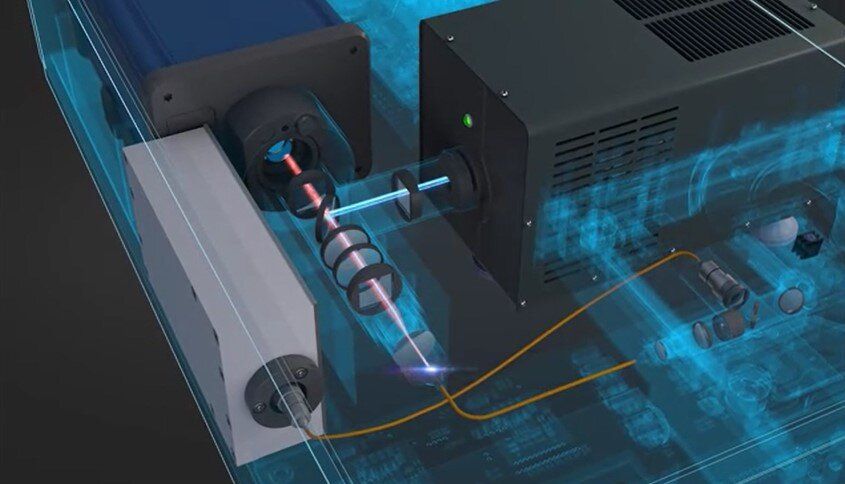There is considerable debate over whether plants are conscious and this, indeed, is an important question. Here I look at developments in neuroscience, physics and mathematics that may impact on this question. Two major concomitants of consciousness in animals are microtubule function and electrical gamma wave synchrony. Both these factors may also play a role in plant consciousness. I show that plants possess aperiodic quasicrystal structures composed of ribosomes that may enable quantum computing, which has been suggested to lie at the core of animal consciousness. Finally I look at whether a microtubule fractal suggests that electric current plays a part in conventional neurocomputing processes in plants.
Category: computing – Page 582
Laser generates quantum randomness at a rate of 250 trillion bits per second, and could lead to devices small enough to fit on a single chip.
Billy Bob Joe.
· 1t5Smepondsormeddh · Brownsville, TX ·
SN10 Successful Flight and soft Landing, 

As early as Wednesday, March 3, the SpaceX team will attempt a high-altitude flight test of Starship serial number 10 (SN10) – our third high-altitude suborbital flight test of a Starship prototype from SpaceX’s site in Cameron County, Texas. Similar to the high-altitude flight tests of Starship SN8 and SN9, SN10 will be powered through ascent by three Raptor engines, each shutting down in sequence prior to the vehicle reaching apogee – approximately 10 km in altitude. SN10 will perform a propellant transition to the internal header tanks, which hold landing propellant, before reorienting itself for reentry and a controlled aerodynamic descent.
The Starship prototype will descend under active aerodynamic control, accomplished by independent movement of two forward and two aft flaps on the vehicle. All four flaps are actuated by an onboard flight computer to control Starship’s attitude during flight and enable precise landing at the intended location. SN10’s Raptor engines will then reignite as the vehicle attempts a landing flip maneuver immediately before touching down on the landing pad adjacent to the launch mount.
Ranjan KC
| Phononic crystals as a nanomechanical computing platform.
Without electronics and photonics, there would be no computers, smartphones, sensors, or information and communication technologies. In the coming years, the new field of phononics may further expand these options. That field is concerned with understanding and controlling lattice vibrations (phonons) in solids. In order to realize phononic devices, however, lattice vibrations have to be controlled as precisely as commonly realized in the case of electrons or photons.
Experts predict that quantum computers will help “address humanity’s greatest challenges,” whether through drug discovery or climate tech.
Fluid injection of perovskite semiconductors creates microwires to build different optoelectronic devices on a single silicon chip.
Trent Condellone.
He’s going to chip the farmland, wait and see.
1 Reply.
Chris Cole.
Here you go, the non sensational reasoning behind owning lots of land:
Late last year, Eric O’Keefe was researching a mysterious recent purchase of 14500 acres of prime Washington state farmland. His magazine, The Land Report, tracks major land transactions and produces an annual list of the 100 biggest US landowners.
Iya Iya.
Is that Trump in your picture profile, Roger? I don’t think I can take this post seriously for various reasons.
16 Replies.
Trent Condellone.
He’s going to chip the farmland, wait and see.
View 4 more comments.
· —47—m ·
Researchers at the University of California, Berkeley, have found a new way to harness properties of light waves that can radically increase the amount of data they carry. They demonstrated the emission of discrete twisting laser beams from antennas made up of concentric rings roughly equal to the diameter of a human hair, small enough to be placed on computer chips.
The total amount of data generated worldwide is expected to reach 175 zettabytes (1 ZB equals 1 billion terabytes) by 2025. If 175 ZB were stored on Blu-ray disks, the stack would be 23 times the distance to the moon. There is an urgent need to develop storage technologies that can accommodate this enormous amount of data.
